Exploring the Evolution of Vr Car Technology and Its Impact on the Future
Table of Contents
- The Rise of VR Car Technology: A Game Changer for the Automotive Industry
- Understanding the Key Features and Benefits of VR Integration in Vehicles
- Market Trends: Growth Projections for VR Technology in Automotive Applications
- Impact of VR on Autonomous Vehicle Development and Driver Experience
- Case Studies: Successful Implementation of VR in Car Design and Testing
- Future Challenges: Overcoming Barriers for Widespread Adoption of VR in Cars
- FAQS
- Conclusion
- Related Posts
The rapid evolution of VR car technology is reshaping the automotive industry, presenting exciting prospects for both manufacturers and consumers. According to a recent market report by ResearchAndMarkets, the global VR in the automotive market is expected to reach
USD 1.3 billion by 2025, growing at a CAGR of over 40%. This surge is attributed to advancements in VR simulations that enhance design, engineering, and user experience.
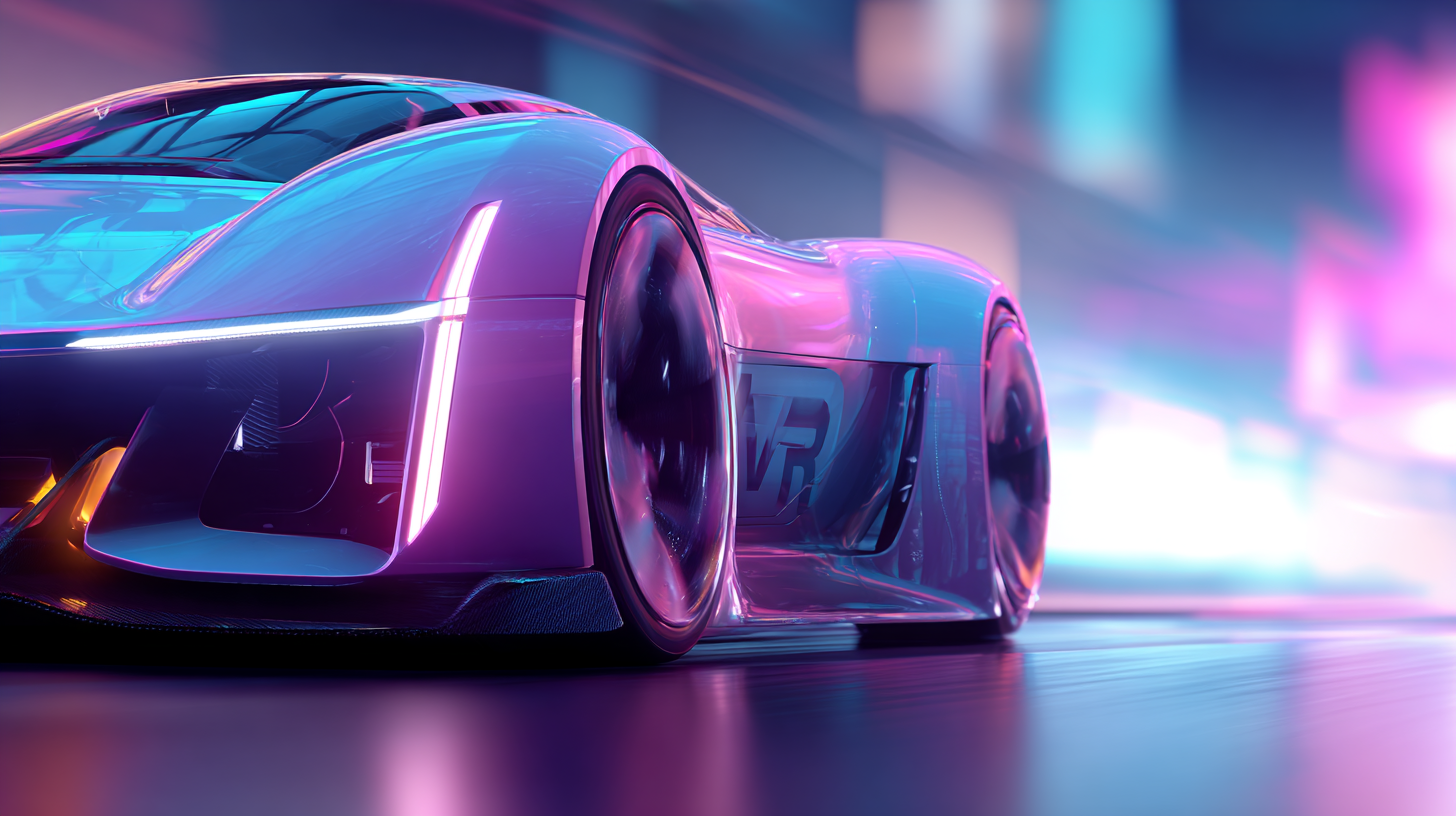 At the forefront of this innovation is Guangzhou Longcheng Electronic Co., Ltd., operating under the VART VR brand, one of the earliest VR simulator manufacturers in China. With a workforce of over 60 professionals and a dedicated facility spanning 8,000 square meters, the company provides comprehensive VR solutions. As the industry continues to evolve, exploring top strategies for harnessing VR car technology becomes crucial for stakeholders aiming to stay competitive in this dynamic landscape.
At the forefront of this innovation is Guangzhou Longcheng Electronic Co., Ltd., operating under the VART VR brand, one of the earliest VR simulator manufacturers in China. With a workforce of over 60 professionals and a dedicated facility spanning 8,000 square meters, the company provides comprehensive VR solutions. As the industry continues to evolve, exploring top strategies for harnessing VR car technology becomes crucial for stakeholders aiming to stay competitive in this dynamic landscape.
The Rise of VR Car Technology: A Game Changer for the Automotive Industry
The rise of VR car technology is transforming the automotive industry, ushering in a new era where virtual reality is a central component of vehicle design, marketing, and user experience. According to a recent report by Allied Market Research, the global VR in automotive market is projected to reach $8.86 billion by 2025, growing at a CAGR of 30.6%. This explosive growth signals not only the expanding capabilities of VR but also its critical role in reshaping how consumers interact with vehicles.
Manufacturers are increasingly leveraging VR for immersive design processes, enabling engineers and designers to simulate and visualize vehicles in a virtual space before any physical prototypes are built.
Moreover, automotive companies are utilizing VR technology for enhanced customer engagement. Virtual showrooms and test drives allow potential buyers to experience vehicles in an interactive environment, improving the decision-making process. A study by PwC indicates that virtual reality experiences can increase customer satisfaction by 80%, highlighting its effectiveness as a marketing tool. As the industry evolves, companies that invest in VR solutions are likely to gain a significant competitive edge.
Tip 1: When considering a vehicle, take advantage of VR test drive experiences. These can provide valuable insights into vehicle performance and features without the need for a physical visit to a dealership.
Tip 2: Automakers should prioritize VR technology in their design and testing processes to reduce costs associated with traditional prototyping and improve time-to-market for new models.
Tip 3: Stay updated with the latest VR innovations in the automotive space; participating in industry expos and tech showcases can provide firsthand experience and networking opportunities.
Understanding the Key Features and Benefits of VR Integration in Vehicles
The integration of Virtual Reality (VR) technology into vehicles is not just a futuristic concept; it's becoming a vital element in the automotive industry. According to a report by MarketsandMarkets, the global VR in automotive market is projected to grow from USD 1.1 billion in 2021 to USD 12.5 billion by 2026, reflecting a compound annual growth rate (CAGR) of 62.4%. This rapid growth can be attributed to several key features that VR brings to the table.
Moreover, VR integration can significantly improve the design and manufacturing processes. Automotive manufacturers are using VR to visualize and interact with vehicle designs in a three-dimensional space before production begins. A report from Deloitte highlights that this has led to a 25% reduction in design time and cost. Additionally, VR-enhanced infotainment systems provide an immersive experience that extends beyond traditional navigation and entertainment. With the ability to simulate real-world driving conditions, passengers can enjoy a seamless and engaging journey while the driver remains focused on the road ahead.
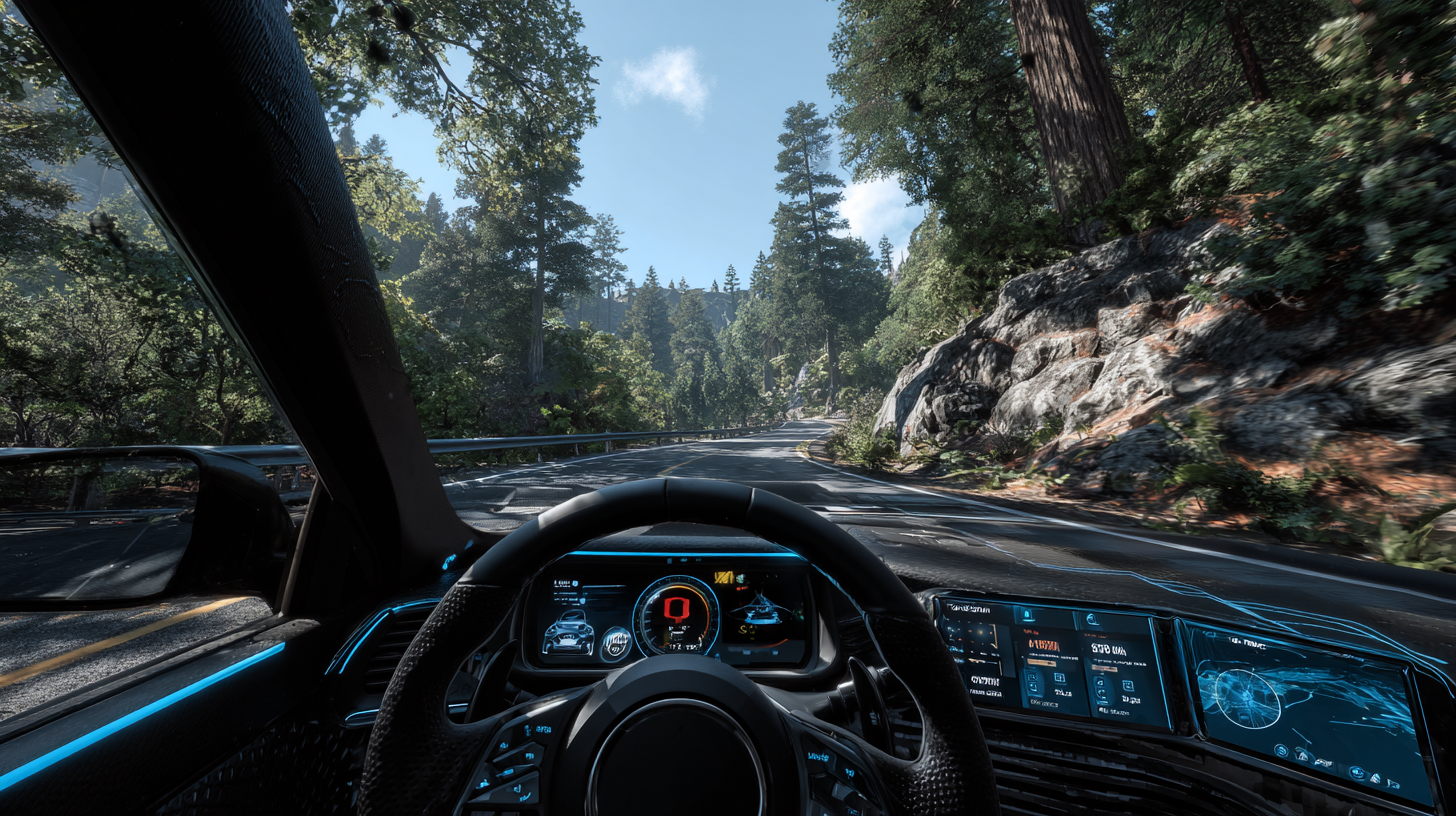
Market Trends: Growth Projections for VR Technology in Automotive Applications
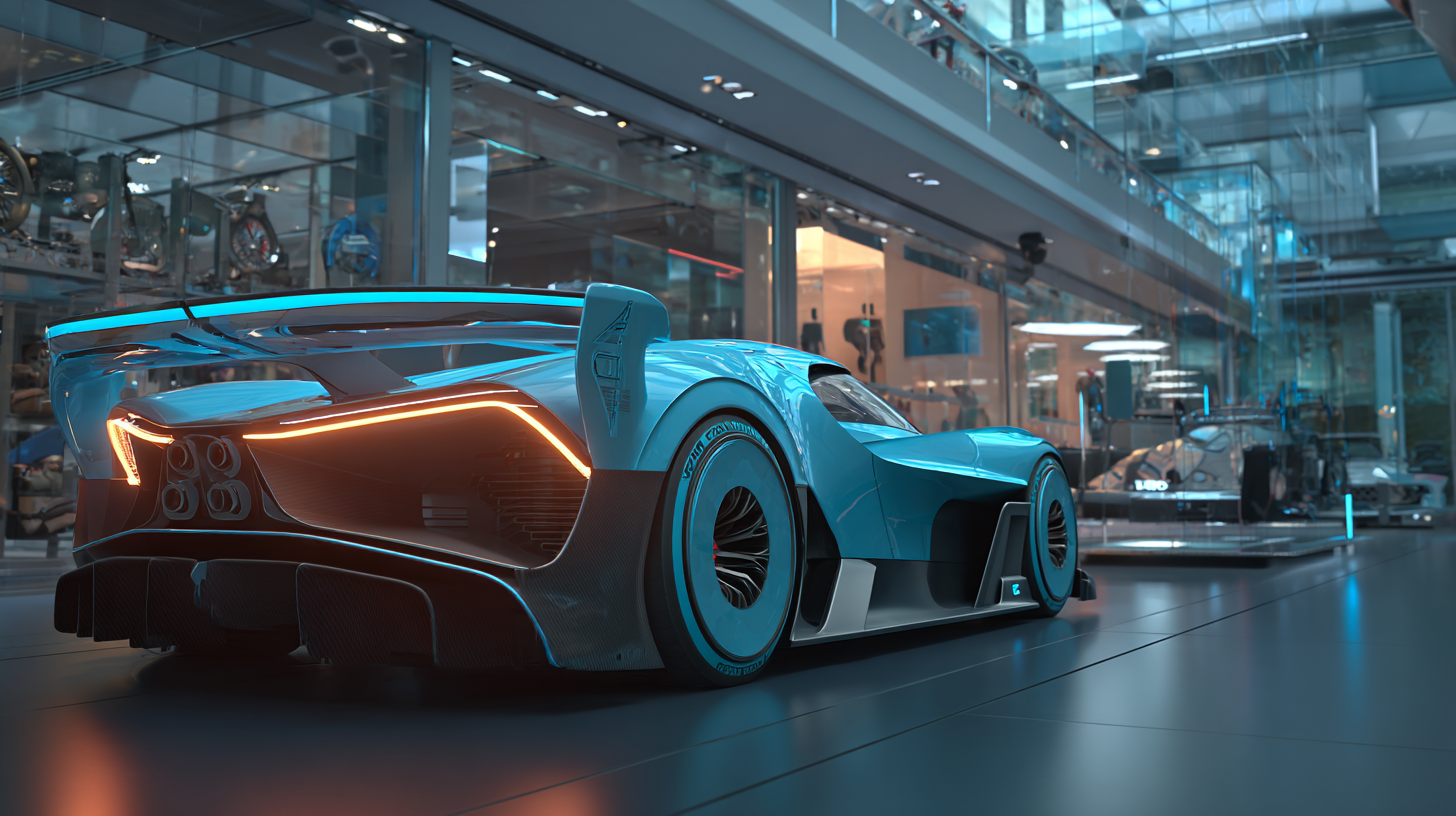 The automotive sector is undergoing a tremendous transformation with the integration of
Virtual Reality (VR) and
Augmented Reality (AR) technologies.
The market for in-car infotainment is projected to be valued at $20.673 billion in 2024 and is expected to grow to
$22.6376 billion in 2025, ultimately reaching approximately
$46.789 billion by 2033. This remarkable growth underscores the
increasing consumer demand for immersive experiences and advancements in vehicle technology.
The automotive sector is undergoing a tremendous transformation with the integration of
Virtual Reality (VR) and
Augmented Reality (AR) technologies.
The market for in-car infotainment is projected to be valued at $20.673 billion in 2024 and is expected to grow to
$22.6376 billion in 2025, ultimately reaching approximately
$46.789 billion by 2033. This remarkable growth underscores the
increasing consumer demand for immersive experiences and advancements in vehicle technology.
Simultaneously, the AR and VR market within the automotive industry is anticipated to grow to
$25 billion, driven by a compound annual growth rate
(CAGR) of 20.99%. This trend correlates with the broader
global AR and VR market, which is estimated to swell from $6.19 billion in
2024 to an astonishing $92.97 billion by 2033, showing a staggering CAGR of
40.7%. This shift not only enhances user experience but also paves
the way for innovative applications in driver assistance and vehicle maintenance.
Tip: To maximize the benefits of VR technologies in
your automotive application, focus on user-centered design. This ensures that the features you develop actually enhance
user experience and usability.
Tip: Stay abreast of industry trends and consumer
preferences. Engaging with potential users through surveys or focus groups can provide valuable insights into what
features would excite them most.
Impact of VR on Autonomous Vehicle Development and Driver Experience
Virtual Reality (VR) is set to revolutionize the landscape of autonomous vehicle development and driver experience. According to a report by Grand View Research, the VR market in automotive applications is expected to reach $96.6 billion by 2025, indicating a rapid advancement in the integration of immersive technologies. This growth can be largely attributed to the need for enhanced safety measures and training experiences for drivers as the automotive industry embraces autonomous technologies. As VR simulations become more sophisticated, they offer drivers an opportunity to experience and understand the capabilities of their vehicles in a controlled environment, which is essential for instilling confidence in autonomous systems.
Moreover, VR is not only transforming training programs but also enhancing the overall driving experience. A study by PwC remarks that approximately 80% of consumers are excited about the incorporation of VR in vehicles for entertainment and driving simulations. This immersion allows drivers and passengers to experience a range of environments and scenarios, making long trips more enjoyable and less stressful. Additionally, with the proliferation of VR in the design and testing phases of vehicle production, manufacturers can better assess user experience and functionality before cars hit the market. As VR continues to develop, its potential to improve both safety and satisfaction in the autonomous vehicle sector becomes increasingly clear.
Exploring the Impact of VR on Autonomous Vehicle Development
This chart illustrates the projected impact of virtual reality (VR) technology on various aspects of autonomous vehicle development, highlighting dimensions such as safety, user experience, training efficiency, and maintenance support over the next decade.
Case Studies: Successful Implementation of VR in Car Design and Testing
Virtual reality (VR) technology has revolutionized car design and testing, enabling manufacturers to enhance creativity and precision. One notable case study is Ford’s use of VR simulations in their design process. By immersing designers in a fully interactive 3D environment, they can assess vehicle aesthetics and ergonomics before physical prototypes are made. This not only speeds up the design process but also significantly reduces costs associated with traditional prototyping.
Another remarkable example comes from Jaguar Land Rover, which implemented VR to refine their testing phases. Engineers can simulate driving experiences in different environments, effectively identifying potential issues and optimizing performance. This approach has allowed the company to gather detailed feedback on vehicle dynamics and safety features early in development, leading to improved end products that are more aligned with consumer expectations. These case studies illustrate the tangible benefits of VR technology, paving the way for more innovative and efficient practices in the automotive industry.
Future Challenges: Overcoming Barriers for Widespread Adoption of VR in Cars
The integration of Virtual Reality (VR) technology in vehicles represents a significant advancement in automotive innovation, yet achieving widespread adoption faces numerous challenges. One primary barrier is the high cost associated with the development and implementation of VR systems. Manufacturers must invest heavily in technology that not only enhances user experience but also ensures safety and reliability on the road.
To navigate these challenges, automotive companies can employ strategic partnerships with tech firms specializing in VR. This collaboration can help reduce development costs and improve the technology's overall functionality. One useful tip for manufacturers is to focus on scalable solutions that can be integrated into existing vehicle models, allowing for a smoother transition and greater acceptance by consumers.
Another obstacle is the need for consumer education on the benefits of VR in cars. Many potential users are skeptical about relying on VR for navigation and other driving tasks. A practical solution is to host interactive demonstrations at auto shows or dealerships, allowing consumers to experience VR firsthand. This hands-on approach can demystify the technology and showcase its potential to enhance driving comfort and safety.
FAQS
: The global VR in automotive market is projected to reach $8.86 billion by 2025, growing at a CAGR of 30.6%.
Automotive companies are utilizing VR technology for virtual showrooms and test drives, allowing potential buyers to experience vehicles in an interactive environment, which improves the decision-making process.
VR can lead to a 25% reduction in design time and cost by allowing manufacturers to visualize and interact with vehicle designs in a three-dimensional space before production.
VR enhances driver training through simulated environments, allowing drivers to prepare for real-life challenges in risk-free scenarios.
Ford has used VR simulations in their design process, immersing designers in a fully interactive 3D environment to assess aesthetics and ergonomics before making physical prototypes.
Jaguar Land Rover uses VR to refine testing phases by simulating driving experiences in different environments, helping identify issues and optimize performance early in development.
A study by PwC shows that virtual reality experiences can increase customer satisfaction by 80%, making it an effective marketing tool for engaging potential buyers.
Consumers should take advantage of VR test drive experiences to gain insights into vehicle performance and features without needing to visit a dealership physically.
Automakers should prioritize VR technology in their design and testing processes to reduce costs and improve time-to-market for new models.
Participating in industry expos and tech showcases can provide firsthand experience and networking opportunities to stay updated with the latest VR innovations.
Conclusion
The rapid evolution of VR car technology is poised to revolutionize the automotive industry. As highlighted in the discussion, the integration of virtual reality in vehicles brings numerous key features and benefits, enabling designers and engineers to create safer and more efficient models. Market trends indicate a promising growth trajectory for VR technology in automotive applications, emphasizing its role in enhancing the development of autonomous vehicles and improving driver experiences.
Companies like Guangzhou Longcheng Electronic Co., Ltd. are at the forefront of this innovation, being one of the earliest manufacturers of VR simulators in China. Their commitment to providing comprehensive VR solutions positions them well to address future challenges in the industry, ultimately paving the way for widespread adoption of VR car technologies. Through successful case studies in car design and testing, the impact of VR in redefining automotive standards becomes increasingly evident.
Related Posts
-
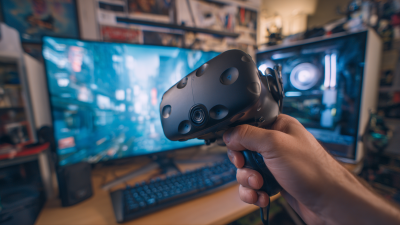
The Definitive Guide to Understanding Vr Machine Price and Its Market Trends
-
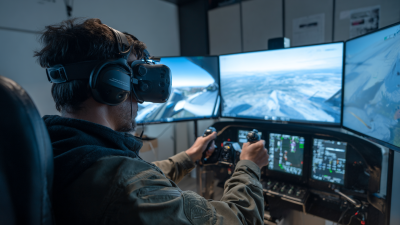
Addressing Common Issues in VR Airplane Simulators: Solutions for Improved Experiences
-
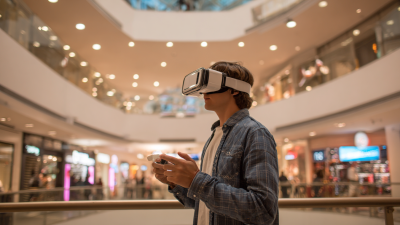
Exploring Challenges Faced by Global Buyers in Integrating Vr Mall Cinema Solutions
-

Exploring the Best Hong Kong VR Arcade Options: A Comparative Guide for Global Buyers
-
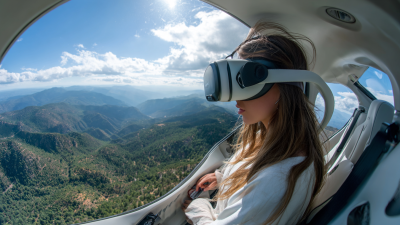
How to Elevate Your Business with Vr Flight Solutions
-

From China to the World: Discovering Unmatched Quality in Amusement Park Rides for Sale

